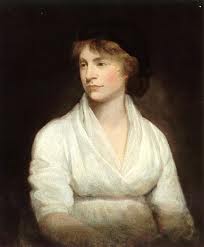
A PROPOSAL
This is a proposal for a cutting edge new media series that covers more than two hundred years of germane voices for women’s rights through the interweaving of biography and ideas.
A multi-platform multi-part series –/ ibook/web/video/tv/audio — about a number of brave and provocative women who — since the late 1700’s — fueled the ideas of democracy, liberty, equality and justice. They argued passionately to gain access to education, employment, property and to protection for themselves, their children and communities; They organized to gain the vote, formulate legislation and change consciousness about women’s rights to full humanity. The results of their historic contributions have altered our lives, our thinking, our values and dreams. These women span the globe and their stories have largely been ignored by old and new media producers.
“In the past two centuries, a revolution has transformed women’s lives. Unlike national revolutions, this social upheaval crosses continents, decades and ideologies. In place of armed struggle it gradually sows seeds of change, infiltrating our consciousness with the simple premise that women are as capable and valuable as men.” Estelle Freedman, No Turning Back, The History of Feminism and the Future of Women
The series will feature profiles of remarkable and courageous women — and men — from around the globe who embraced the ideas of liberty, equality, justice and democracy and called for the expansion of those republican ideas to include women. These bold characters pioneered a series of reform movements throughout the 19th and 20th centuries and continuing into the 21st that addressed and addresses the status and condition of women in their families, communities and society.
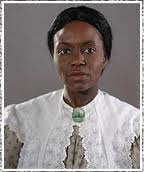
For Example:
Writing for Women’s Rights: Mary Wollstonecraft in England, Olympe de Gouges in France and Judith Sargent Murray in the U.S. each wrote a manifesto of sorts about women’s rights within a two year period — 1790-92. None of them knew about the others.
Activists of the Mind – Margaret Fuller in the U.S., Flora Tristan of France and Peru, and Harriet Martineau of England.
Making Their Voices Heard – Speaking up: Maria Stewart (African American), Francis Wright (Scotland, England, the U.S.) and the Grimke Sisters (U.S.)
Organizing for Women’s Rights: Jean Deroin in France, Lucretia Mott and Elizabeth Cady Stanton in the U.S. and Louise Otto in Germany
Suffrage vs. social reorganization: The Pankhursts in England, Clara Zetkin in Germany and Alexandra Kollontai in Russia/Soviet Union

Nationalism & Feminism: Huda Sha’rawi & Duriya Shafiq (Egypt), Qiu Jin & Tang Junying (China), Ofelia Uribe de Acosta (Columbia).
The 20th Century – Unionism, The Body, Representation, Peace, the Environment: women’s rights champions from Asia, Africa, the Middle East, the Americas, Europe, the Pacific.
A drive to modernization: Not a war between men and women
When The New York Times heralded the birth of the new millennium they referred to the change in women’s lives as the biggest social and cultural transformation of the past millennium. This reformation has been several hundred years in the making — a response to a social structure that the theorists refer to as patriarchy. It was a system arising from an agricultural economy that encouraged population growth. Feudalism and monarchy mirrored its hierarchical power arrangement. While women derived benefits fromthis social structure, they were subjugated. By the 20th century the efforts to change women’s condition would be referred to as feminism and it is really a response to an underlying sea change of social conditions that have been instigated by industrialization, technological revolutions and modernism around the globe. Feminism is part of an urge towards modernization. And the resistance to the call for women’s rights is really a resistance to the forces of modernization. It is not a war between men and women.
This transformation has and continues to be fraught with anxiety and pain as women want to share in inidivudual rights and participate in the public square. But time and again they are pulled back to the family circle, to community, where they see themseleves as different from men, as mothers, as carriers of tradition. Most do not want to abandon men. But they desire to share in the creativity and deciion-making that take place in that public square.
Tension between the Circle and the Square
A huge tension exists in the struggle between the circle and the square. And it is a history that repeats itself over and over again during the two hundred year period that this series fleshes out as women around the gobe set out for the modern world.
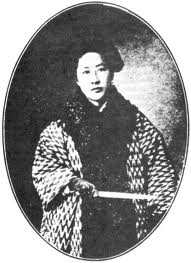
As a first step in their journey from the private sphere of the domestic realm to the public sphere of men, women began to write and write and write: manifestoes, pamphlets, essays, novels, plays, proclamations and one even re-wrote the Bible. We’ll trace the evolution from those who used the written word to protest women’s conditions and argued for changing it, through those women who demanded to speak in public — defying the law to do so — about not only their own rights as women but as slaves the working classes and the poor. They would preach from the pulpit, agitate, organize and march. Their reward was to be maligned, ridiculed, arrested, beaten, imprisoned, shot at, exiled, and deported. At least two were sent to the guillotine.
Yet mostly these pilgrims waged a quiet revolution while taking care of their families, churches and communities; they worked hard to create equal educational, economic and political opportunities for women. Everywhere they insisted that any democracy should include their voices, their ideas, their concerns.
About ideas and personal lives
This series is about ideas as well as the personal lives of fascinating women confronted with impossible contradictions and conflicts between their personal and social predicaments and their desires for a different set of opportunities and possibilities.
Combining portraits of pioneers with their theories and ideas, each segment of this series would pair in fresh and interesting ways women (and men) contemporaries — from Europe, North America, the Middle East, Asia, Latin America and Africa — to see how the efforts to change the conditions and opportunities for women were conceived and practiced, blocked or encouraged, in both the social contexts of the pioneer and in counterpoint often to their personal choices. Each story/segment will feature two or more leading pioneers of women’s rights who were contemporaries, explore one or two themes of their era and work and will introduce other characters with whom they collaborated and communicated. Their stories will emerge within the landscape of philosophical and political arguments of their time.

Roots in the French and American Revolutions
Beginning in the 1770s during the French and American Revolutions and continuing to the 1970s, this series reveals that what we have come to call “the women’s movement” was driven by Enlightenment ideas, by the desire to expand democracy and freedom. It was international from the beginning. For two hundred years women’s rights pioneers raised questions about equality of opportunity as well as equality before the law, about the significance of education and morality to citizenship. But these pilgrims for women’s rights also embraced a paradox from the beginning: they argued that women were both the same as men and different from men as they wrestled with the profound philosophical, political and religious arguments made against their full participation in society.
In the late 18th century throughout the 19th the exclusion of women from citizenship, explains historian Joan Scott, “was attributed variously to the weaknesses of their bodies and minds, to physical divisions of labor which made women fit only for reproduction and domesticity and to emotional susceptibilities that drove then either to sexual excess or to religious fanaticism. For each of these reasons, however the ultimate authority invoked was ‘nature.'” Scott reminds us that feminist arguments against this reasoning were powerful and compelling. “But their arguments were also paradoxical: in order to protest women’s exclusion, they had to act on behalf of women and so invoked the very difference they sought to deny.”
Education and political rights for women ripple across the globe
The social changes wrought by industrialization and economic growth combined with emerging liberal and socialist political ideas meant Western women of the new middle classes were not only freed of much of the labor-intensive work once done in the home and on the land but were learning to read and write at a time of provocative political theories and upheavals. Access to elementary education would prove to be a catalyst for late 18th century and early 19th century western women who as they began to write, would relate their conditions and experiences while questioning them. This phenomena would ripple through other parts of the globe by the early 20th century.
Political and religious movements also captured women’s imagination and moral commitment. In the U.S early women’s rights advocates arose from abolitionism and Protestant revivals. Egyptian women raising these questions in the early 20th century initially worked within Islamic traditions although later they would be severly challenged by fundamentalist Islam. Egyptian women’s rights pioneers were supported and nourished in the rising nationalist movement, as were Chinese and Korean women’s rights advocates. On the other hand, in late 19th century Germany and Russia feminist pioneers were fired by socialist ideas. In Africa, women’s rebellions fused with the anti-colonialist effort. And in the 21st century, African women leaders have led in peace and environmental efforts. In many parts of the world women’s rights advocates have fought to control their own bodies.

Arguments about maternal roles, emotional states, intellectual capabilities, physical incapacities, sexual nature and identity, love and the morality of women’s education and writing exploded in the 18th and 19th centuries. Philosophers, statesmen and writers from Alexander Pope to Friedrich Nietzhe, from Kant to Marx, most public intellectuals had something to say about women’s roles, rights and nature in this period. But it was the debate about women’s education that drove the arguments for female equality. Today, we still witness the resistance to women’s education in some parts of the globe.
Women would always disagree
From the beginning of this debate among men and women it was clear that women themselves would not agree. Some of our women’s rights pioneers thought that women were the same as men and therefore should be provided identical political and legal rights with the same responsibilities. Others argued that women’s maternal role meant they were different and that the state, therefore, should provide special protection for women as mothers and wives. Many feminists embraced both positions simultaneously. Socialist feminists argued that it was private property that was at fault and that women should be liberated from the family which they viewed as a feudal arrangement. They designed communal kitchens and day care. The debate between these three positions was lively in the late 19th century in places as far-flung as England, Germany and Japan.
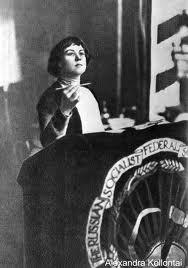
Neither the 19th century nor 20th century movement had a single focus. The Seneca Falls document of 1848 brought out many demands even though in the end the movement would focus on the vote, the most controversial. By the mid-20th century the “women’s liberation movement” championed both equality in work and politics as well as women’s difference in reproduction and sexuality. African-American and working class women have challenged white middle class feminists both in the 19th and 20th centuries to think about the compicated dynamic between race, class and gender.
“The very success of the women’s movement for two hundred years,” according to author Deirdre English, “is its contradictory nature. It has never jelled into an ideology. Feminists have different ideas about what feminism is. Are they fighting for individual liberty or are they asking for honor and respect for motherhood and children? This fundamental contradiction resides within most feminists. And I think it’s why the movement has endured. There’s no party line.”
Feminist essayist, Katha Pollitt, writes in the introduction to her book of columns from The Nation, “feminism is not a single, independent, all-powerful force, but is connected in complicated and even contradictory ways with other historical forces — egalitarianism and individualism, hedonism and puritanism, capitalism and the critique of capitalism.”
Roads and running water can be feminist issues
More recently, western formulated feminism, anchored in rights and entitlements, has been challenged by women from developing countries who see it as a movement that empowers them to address a multitude of issues that affect the lives of their families and communities. In the developing world roads and running water are very much women’s issues.
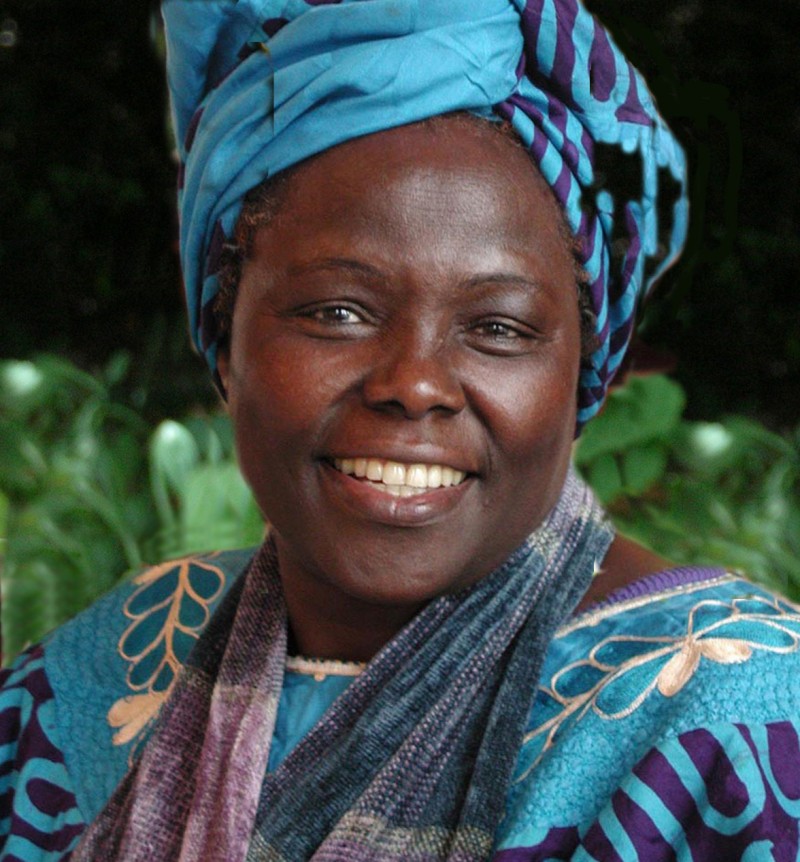
Fascinating characters, dramatic stories
It’s a huge story with a cast of fascinating characters, dramatic stories filled with conflict and compelling ideas played out on an international stage by heroines of everyday life. It’s a story that begins in the fertile political and cultural landscape of the late 18th Century and delivers us to our contemporary period.
©Gail Pellett 2007
A complete proposal available on request
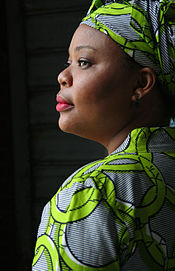


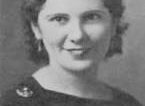

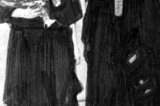
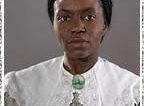
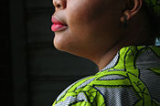

superb proposal. anything I can do to help I’ll rush to do.
Your series is so timely and urgent as women’s rights are front and center stage domestically and globally. Hope there is a way to find support for this wonderful project.